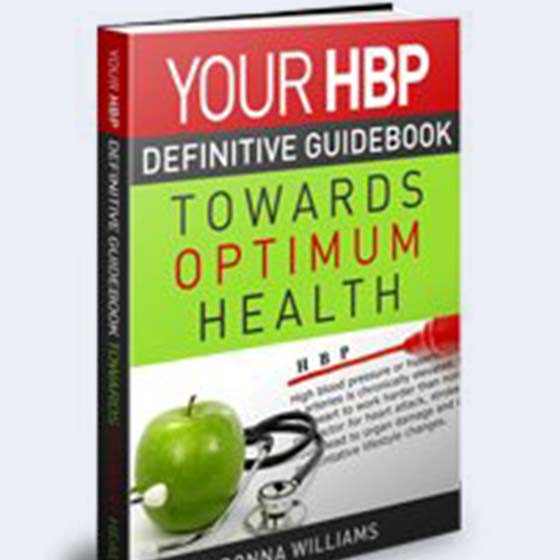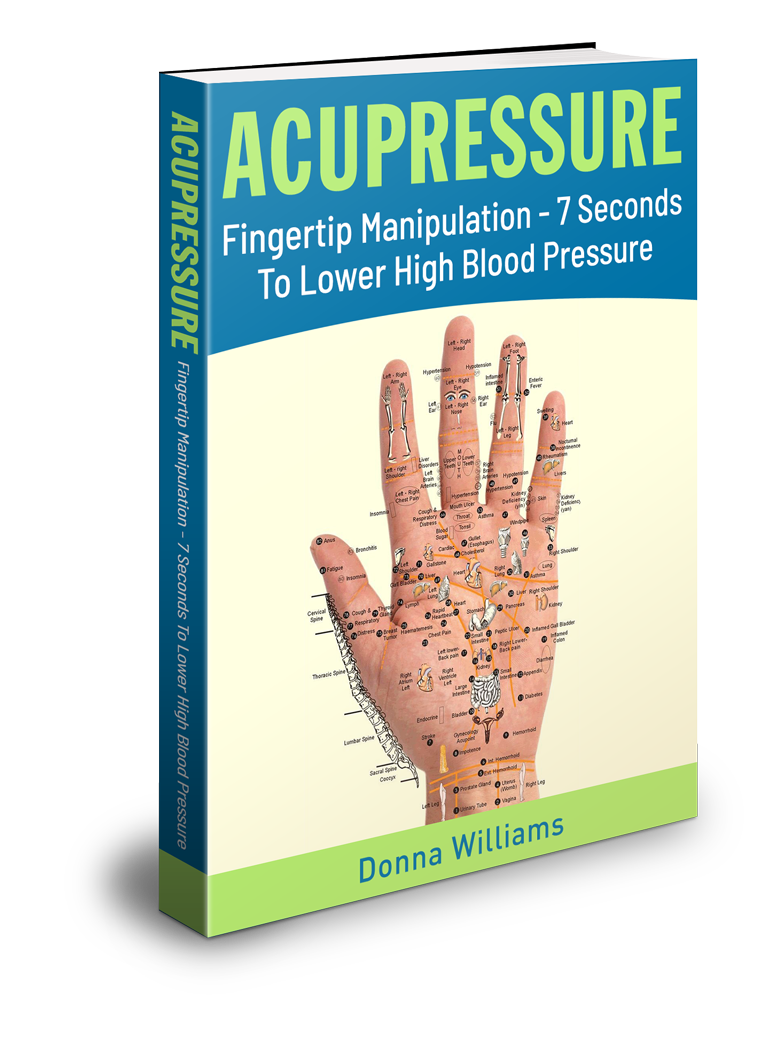Health is wealth, eat well to live well.
Join my community and receive my free ebook! Subscribe now >>
Systolic Blood Pressure
It Is The Top Number And How To Correctly Measure
Systolic blood pressure is the maximum pressure reached in your arteries while your heart is contracting and pumping blood into them. It's also called the upper or maximum arterial pressure. When measuring, a cuff is wrapped around the arm and a stethoscope is placed below the cuff to listen for the heartbeat in the curve of the arm called the brachial artery. The cuff is pumped up to exert increasing pressure and to a level higher than your systolic pressure.
The cuff's pressure keeps any blood from flowing through the artery, so no heartbeat is heard. Then slowly the cuff pressure is released and when it reaches your systolic pressure, the heartbeat can suddenly be heard.
When the heartbeat is heard your doctor will note the readings of your systolic blood pressure.
There are two different numbers that define your blood pressure and each represents a pressure, the maximum and minimum during the complete pulse cycle. These readings are expressed by two numbers and a normal blood pressure reading is 120/80.
The top number '120' is called the systolic reading. If the number remains 120 or less that is called a normal blood pressure reading. When it increases then you have systolic high blood pressure.
Various Stages Of Systolic
For getting precise systolic measurements, it is advised to have it done by your physician. You now have a starting base.
If your systolic reading is 120 or less you have normal blood pressure. When it is 120 to 139 you are in pre-hypertensive stage; meaning that you do not have hypertension but you are at risk.
Between 140 and 149 reading, you are now experiencing hypertension Stage 1. Readings that are higher than 150 shows that you have moderately severe to severe systolic pressure or Stage 2.
Isolated Systolic Hypertension
To test if you have high blood pressure, your systolic readings are of great importance. Having a higher diastolic pressure and normal systolic pressure does not prove you are hypertensive. But, having high systolic pressure and normal diastolic pressure definitely means hypertension.
In this case your blood pressure is called isolated systolic hypertension. If you are at an older age then you have isolated systolic pressure, since at this time your diastolic readings did not increase.
How Common Is Isolated Systolic Hypertension

As you get older, your large blood vessels to and from your heart tends to get stiffer and so your diastolic number declines and isolated systolic pressure develops.
ISBH or isolated systolic blood pressure is very common with older individuals over 65 years of age. Nearly 60% of senior citizens have ISBH and you may not feel it. To check if you have systolic blood pressure (SBP), you must visit a healthcare provider and get your systolic numbers checked.
What Are The Risks Of Systolic Blood Pressure?
Any kind of hypertension is dangerous, especially if you keep ignoring it. However, middle aged or senior citizens should be checked for systolic readings as it gives a better understanding of their illness, if they have any.
If it remains untreated, ISBH can cause stroke, kidney failure, heart attack, blindness, brain damage and many other medical conditions.
Do not ignore hypertension just because you are not experiencing any signs of high blood pressure or pain. However, through clinical studies it's been proven that SBP is treatable and you can maintain a healthy lifestyle if you only regulate it to less than 140 mmHg.
Talk with your doctor and take control of your health. Living a healthy life is easy as long as you are aware of the risks and take the necessary preventative measures to control your disease.
Return From Systolic Blood Pressure To What Is High Blood Pressure





New! Comments
Have your say about what you just read! Leave me a comment in the box below.